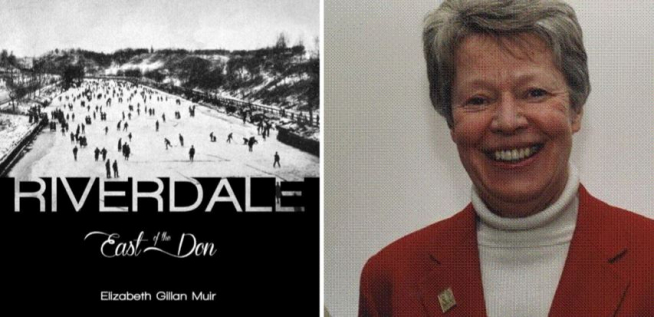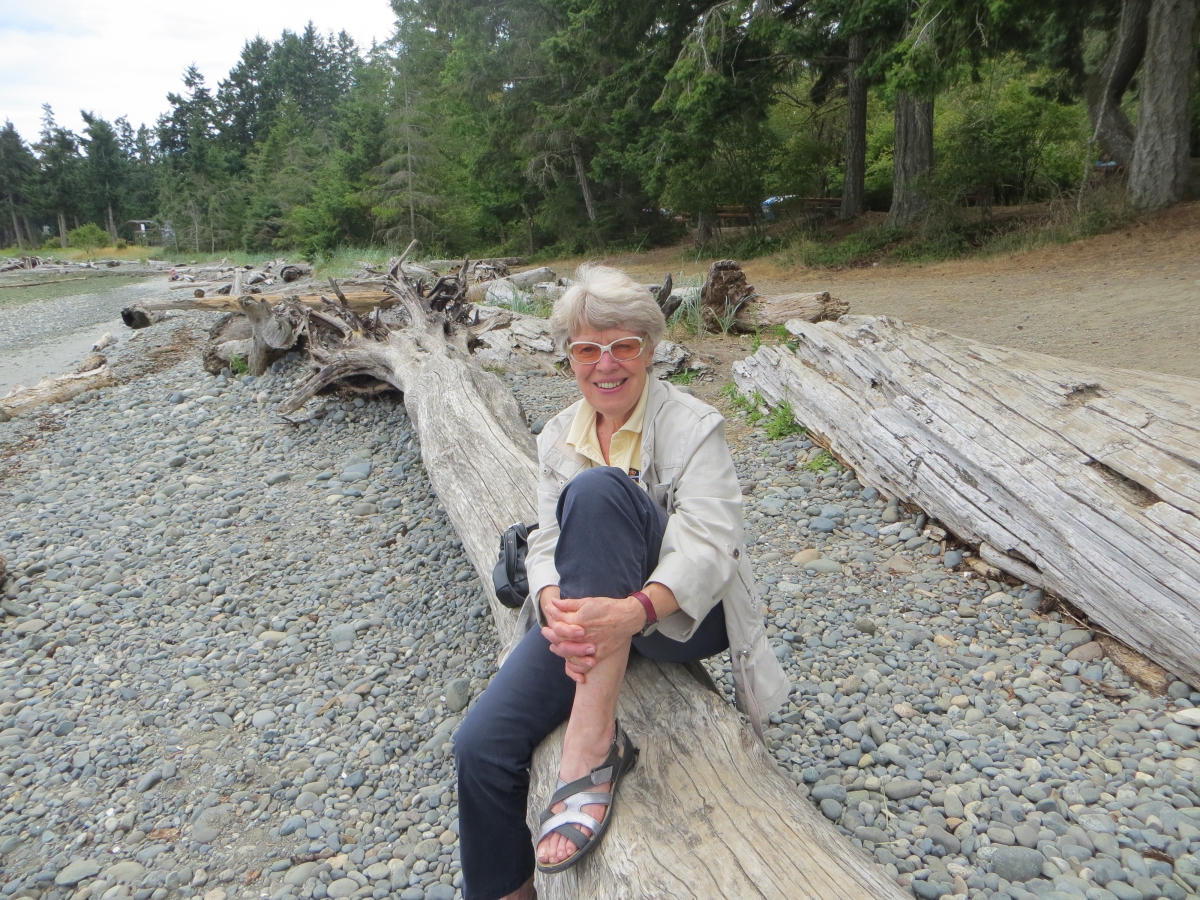RIVERDALE: EAST OF THE DON

Friends of the Canadian Collections (FCC) / Amis des Collections Canadiennes (ACC)
Presents
RIVERDALE: EAST OF THE DON - How did it begin? Who were some of its celebrities?
Date: Thursday, November 12, 2015 at 11am
Place: Signy and Cléophée Eaton Theatre
FREE with ROM admission
Come and hear stories about the founding of Riverdale — one of Toronto’s most interesting neighbourhoods — with historian and author, Dr. Elizabeth (Liz) Gillan Muir, former DMV President and the former Chair of ROMtravel, followed by light refreshments and a tour of a Canadian gallery.
In its first 50 years, the city of Toronto changed from a rough settlement to a booming city with a voracious appetite for land. The incorporated city of Toronto grew tenfold from 1834 to 1884 — partly through immigration, but also through the annexation of older communities. Among these were the former suburbs of Leslieville and Riverside, which were joined together in 1884 to become the new Toronto community of Riverdale. Later, the Playter Estates neighbourhood also became part of this community.
Dr. Muir’s book Riverdale: East of the Don tells the history of the neighbourhood, starting with the Simcoe, Scadding, Playter, and Leslie families, who shaped the area throughout its early settlement, the American Revolution, and the War of 1812. It shows the waves of immigration from Britain, America, Italy, Greece, and China that made Riverdale one of Toronto's most diverse areas. And it tells the stories written into the map of the neighbourhood, revealing the history on display in its streets and historic buildings.
Liz Muir is a graduate of Queen's University, the Harvard Business School and McGill University, where she earned a PhD. She taught at University of Toronto and Waterloo University and has written extensively about early Canadian history. Her most recent work will be released in November: Canadian Women in the Sky: 100 years of Flight. Also a children's author, her stories have appeared in magazines in Great Britain, Australia, United States and Canada. Her first children's picture book will be published this year. A former president of the DMV, she was a member of the Renaissance ROM cabinet, and is now on the Board of the Friends of the Canadian Collections.

Liz recently sat down with Sadia Zaman, Managing Director of ROM Canada for a chat about her work
Sadia Zaman (SZ): A publisher approached you to write the book, why did you decide to do it?
Liz Muir (LM): It sounded interesting to research the area where I lived, and learn more about it. And I had free time. But it became a much larger project than I had anticipated!
SZ: Why is local history so important to you?
LM: I stumbled into history academically – I had never actually cared for it – but then I found it was fascinating. History has so much claim on the present and the future. All our decisions today are based on what happened in the past – so if we don’t know how we got to where we are today, we’ll make some unnecessary stupid mistakes.
SZ: How did the waves of immigration shape the neighborhood?
LM: The restaurants and other shops particularly, and the places of worship that were built – a lot of the Italians and Greeks who came wanted to make a mark through owning their own restaurants and then others (kin and neighbours from their home towns) who immigrated began working in their restaurants– and then began their own. It provided an opportunity for Greeks, Italians and later Chinese to own property and find a better life for their children.
SZ: How is that history visible today?
LM: There are still areas of Riverdale shaped by the waves of immigration – the Chinese area on Broadview and Dundas – the second Chinese area in the city which was formed when the Chinese settlements became too crowded in downtown Toronto- although many of those early immigrants are moving out to Chinese settlements further north; the Greek restaurants still here from the Greek migration to Riverdale; and of course the English, Irish and Scottish who came over in the early 1900s. The south of Riverdale particularly still attracts a variety of immigrants from around the world.
SZ: What new information did you learn?
LM: Practically everything in the book. One of the most interesting things was Elizabeth Simcoe and her descriptions of the Don Valley in the late 18th century. Also the variety of jobs that women held in the 1800s and 1900s.
SZ: What struck you about Simcoe's early descriptions of the Don Valley?
LM: The incredible density of trees, and the wonderful supply of fruits, fish, fowl and animals available to the early settlers. Initially it provided lots to eat and beautiful surroundings. Such a contrast with the Don and the valley in the late 1800s and 1900s when there was dreadful pollution.
SZ: What were some of the jobs women held at that time?
LM: Really everything in the late 1800s and 1900s. There were women hoteliers, tavern owners and operators, market gardeners, butchers, brewers (brewsters), brickmakers, toll collectors, postmistresses, dairy owners, grocery owners, as well as the traditional milliners, dressmakers, piano teachers, candy makers, elementary school teachers, and telephone operators. But in many instances where women went to work outside the home, the conditions were not great. Sometimes, women found themselves widowed and thrust into looking after businesses their husbands had created. An interesting phenomenon that I discovered during my research was that women were often older than their husbands – not significantly – but two or three years. That’s generally the opposite of what happens today – but I have no answer as to why this took place.
SZ: What is the most compelling fact/story in the book?
LM: I think how the area became so polluted – both the land and the air – but then through the power of the people, it has become such a sought after and beautiful area.
